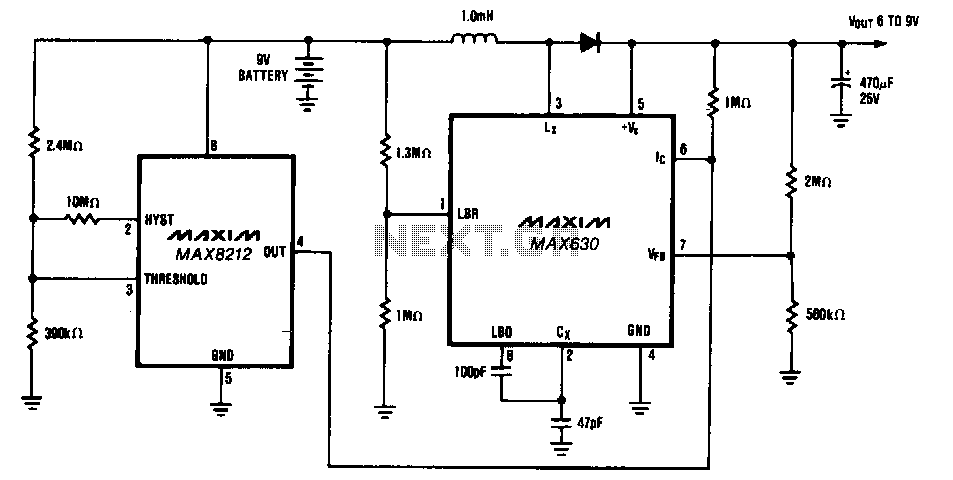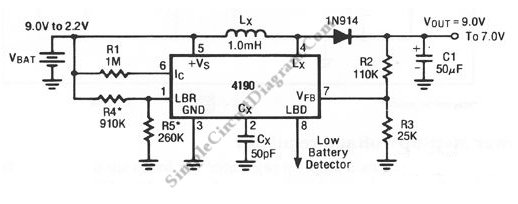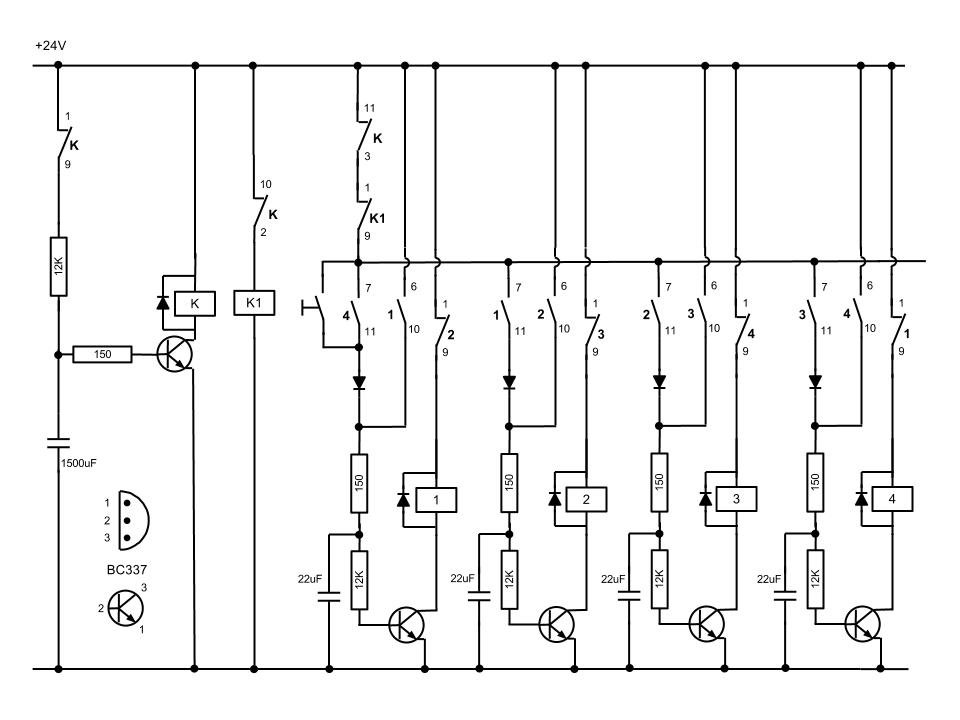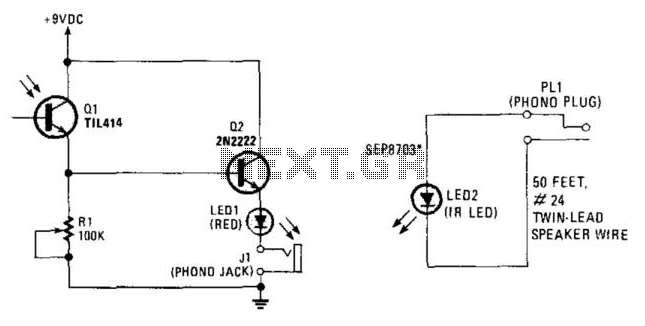
gps galileo dual rf front end receiver
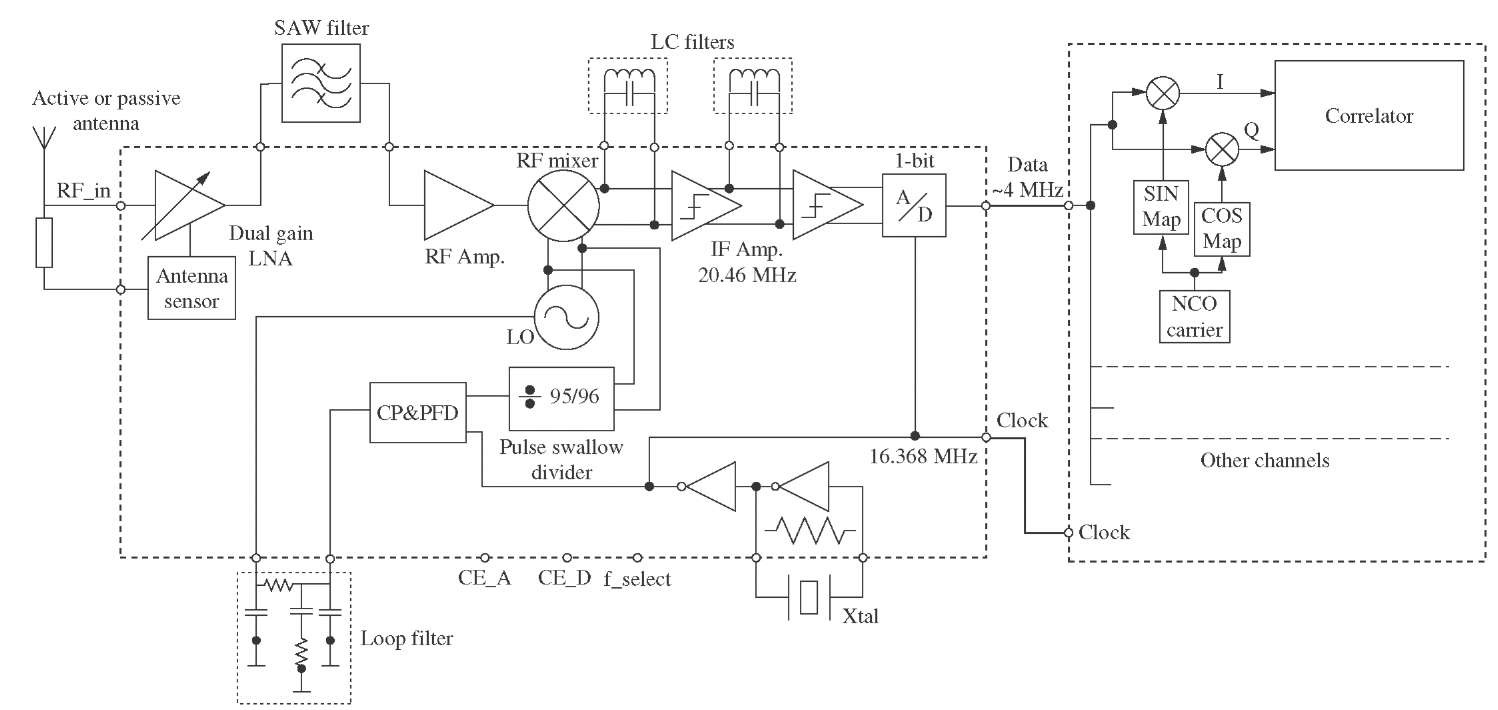
This topic will detail the design of each block of the radio frequency (RF) front-end, taking into account the technical requirements outlined previously. The design aims to meet specific specifications.
The RF front-end is a critical component in communication systems, serving as the interface between the antenna and the rest of the receiver or transmitter circuitry. The design process typically involves several key blocks, each with distinct functions and requirements.
1. **Antenna**: The first block is the antenna, which captures incoming RF signals from the air. The design must consider the frequency range of operation, impedance matching, and bandwidth to ensure optimal signal reception.
2. **Low Noise Amplifier (LNA)**: Following the antenna, the LNA amplifies weak signals while introducing minimal noise. Key design parameters include gain, noise figure, and linearity. The choice of transistor technology (e.g., GaAs, CMOS) can significantly impact performance.
3. **Mixer**: The mixer down-converts the RF signal to an intermediate frequency (IF) for further processing. The design should focus on conversion gain, image rejection, and linearity. The choice of passive or active mixers will depend on the application requirements.
4. **Filter**: After mixing, the signal passes through a filter to eliminate unwanted frequencies and noise. The design must specify the filter type (e.g., low-pass, high-pass, band-pass), cutoff frequencies, and roll-off characteristics to ensure effective signal conditioning.
5. **Power Amplifier (PA)**: In the transmission path, the PA boosts the signal power before it is sent to the antenna. Key design considerations include output power, efficiency, linearity, and thermal management to prevent overheating.
6. **Feedback and Control Circuits**: These circuits are essential for maintaining stability and performance across varying conditions. They may include automatic gain control (AGC) and temperature compensation mechanisms.
Each block's design should adhere to stringent specifications to ensure overall system performance, including parameters such as gain, bandwidth, and linearity. Simulation tools and prototype testing are often employed to validate the design against the desired specifications before final implementation.Considering the technical requirements defined in the previous topic as the starting point, this topic will explain in detail the design of every block of the radio frequency (RF) front-end. To accomplish a design that fulfils specifications, the design is [].. 🔗 External reference
The RF front-end is a critical component in communication systems, serving as the interface between the antenna and the rest of the receiver or transmitter circuitry. The design process typically involves several key blocks, each with distinct functions and requirements.
1. **Antenna**: The first block is the antenna, which captures incoming RF signals from the air. The design must consider the frequency range of operation, impedance matching, and bandwidth to ensure optimal signal reception.
2. **Low Noise Amplifier (LNA)**: Following the antenna, the LNA amplifies weak signals while introducing minimal noise. Key design parameters include gain, noise figure, and linearity. The choice of transistor technology (e.g., GaAs, CMOS) can significantly impact performance.
3. **Mixer**: The mixer down-converts the RF signal to an intermediate frequency (IF) for further processing. The design should focus on conversion gain, image rejection, and linearity. The choice of passive or active mixers will depend on the application requirements.
4. **Filter**: After mixing, the signal passes through a filter to eliminate unwanted frequencies and noise. The design must specify the filter type (e.g., low-pass, high-pass, band-pass), cutoff frequencies, and roll-off characteristics to ensure effective signal conditioning.
5. **Power Amplifier (PA)**: In the transmission path, the PA boosts the signal power before it is sent to the antenna. Key design considerations include output power, efficiency, linearity, and thermal management to prevent overheating.
6. **Feedback and Control Circuits**: These circuits are essential for maintaining stability and performance across varying conditions. They may include automatic gain control (AGC) and temperature compensation mechanisms.
Each block's design should adhere to stringent specifications to ensure overall system performance, including parameters such as gain, bandwidth, and linearity. Simulation tools and prototype testing are often employed to validate the design against the desired specifications before final implementation.Considering the technical requirements defined in the previous topic as the starting point, this topic will explain in detail the design of every block of the radio frequency (RF) front-end. To accomplish a design that fulfils specifications, the design is [].. 🔗 External reference

